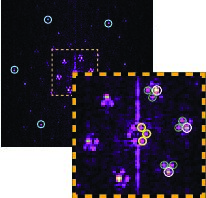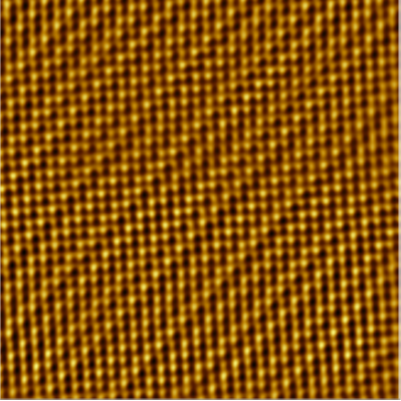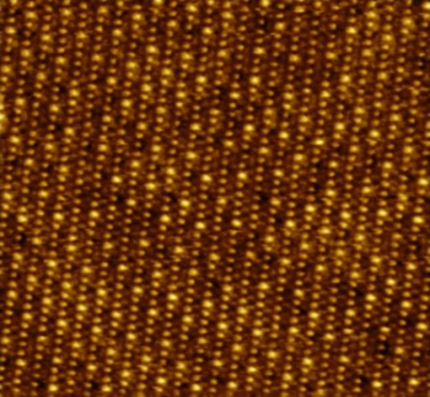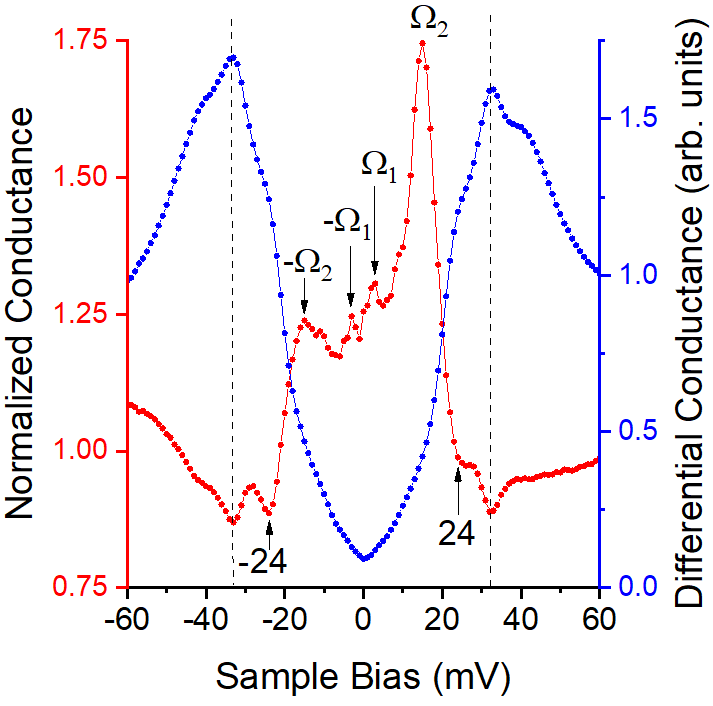Nanoscale Studies of Low-Dimensional Crystalline Systems:
We use scanning tunneling microscopy (STM) to study the fundamental physics underlying low-dimensional materials. We investigate electronic and structural properties of low-dimensional materials and are particularly interested in understanding atomic-scale changes through temperature-induced phase transitions. Developing an understanding of the underlying physics in material systems is an essential first step to the ultimate goal of being able to harness, manipulate, and tailor material properties for specific applications. Below are a few highlights from our studies:
Uncovering a lattice-driven chiral charge density wave state in 1T-TaS2 
Physical Review B, 106, L081407, (2022)
Identifying multiple charge density wave states at the surface of TbTe3

Physical Review B, 94, 205101, (2016)
Studying the effects of Fe impurities in the high-temperature superconductor Bi-2212
Physical Review Letters, 117, 257003, (2016)
Studying the quasi-one dimensional lithium purple bronze

Physical Review B, 93, 045430 (2016)
We have a wide variety of research interests and are open to studying new systems using our STM apparatus.
Photolysis and Radiolysis of Cosmic Ice Analogs
In addition to efforts in studying the physics of low-dimensional systems, we also are studying the dynamics of photon- and electron-induced molecular reactions which are of astrophysical interest. In particular, we are interested in understanding the relative roles photolysis and radiolysis play in the synthesis of complex molecules in the interstellar medium. To do this, we study photon- and electron-induced reaction processes in cosmic-ice analogs under experimental conditions which simulate those of the interstellar medium. These studies are conducted through a collaboration with Prof. Christopher Arumainayagam at Wellesley College. Click here for a review of some of our radiolysis work.

